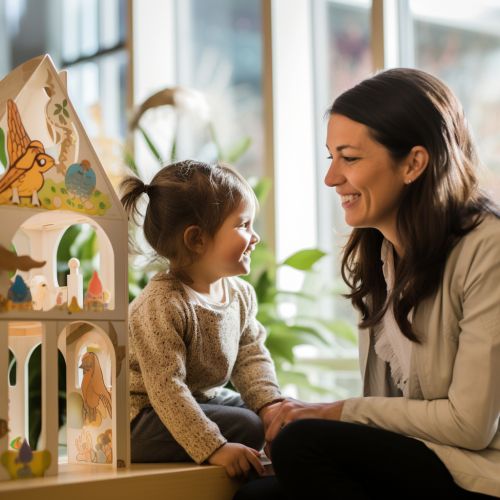Attachment Theory
Overview
Attachment theory is a psychological, evolutionary and ethological theory concerning relationships between humans. The most important tenet of attachment theory is that an infant needs to develop a relationship with at least one primary caregiver for the child's successful social and emotional development, and in particular for learning how to effectively regulate their feelings.
History
Attachment theory was formulated by the British psychiatrist and psychoanalyst John Bowlby, who considered that children needed to develop a secure attachment with their main caregiver via sufficiently consistent, sensitive, responsive, appropriate and predictable care and support. Such care should be available and provided over an extended period. Bowlby's colleague, psychologist Mary Ainsworth, further expanded and empirically tested his ideas.
Theory
Attachment theory proposes that infants instinctively attach to familiar caregivers to ensure survival. The theory suggests that children's attachment styles can affect their behavior, mental health, and relationships throughout their lives. The theory identifies four attachment styles: secure, anxious-preoccupied, dismissive-avoidant, and fearful-avoidant.
Attachment Styles
Attachment styles are characterized by different ways of interacting and behaving in relationships. During early childhood, these attachment styles are centered on how children and parents interact. In adulthood, attachment styles are used to describe patterns of attachment in romantic relationships.
Secure Attachment
Securely attached children feel confident that their caregivers will be available to meet their needs. They use their caregivers as a safe base to explore the environment and seek the caregiver in times of distress.
Anxious-Preoccupied Attachment
Children with an anxious-preoccupied attachment style may feel insecure and be overly dependent on their caregivers. They may be anxious and unsure of their caregiver's response when they need them and may be seen as "clingy" by their caregiver.
Dismissive-Avoidant Attachment
Children with a dismissive-avoidant attachment style tend to distance themselves emotionally from their caregiver. They may avoid or ignore the caregiver, showing little emotion when the caregiver leaves or returns.
Fearful-Avoidant Attachment
Children with a fearful-avoidant attachment style can be unpredictable in their behavior. They may resist their caregiver by acting passive or aggressive towards them. They may feel fear or anxiety and act out in response to these feelings.
Applications
Attachment theory has been crucial in highlighting the importance of social relationships in dynamic systems of care. It has been applied in the areas of child development, mental health, social policy, and in clinical and educational settings.
Criticism
While attachment theory has been influential in the field of child development, it has also faced criticism. Some critics argue that the theory places too much emphasis on the mother-child bond and neglects the role of the father, siblings, and other influential figures in a child's life.
See Also


